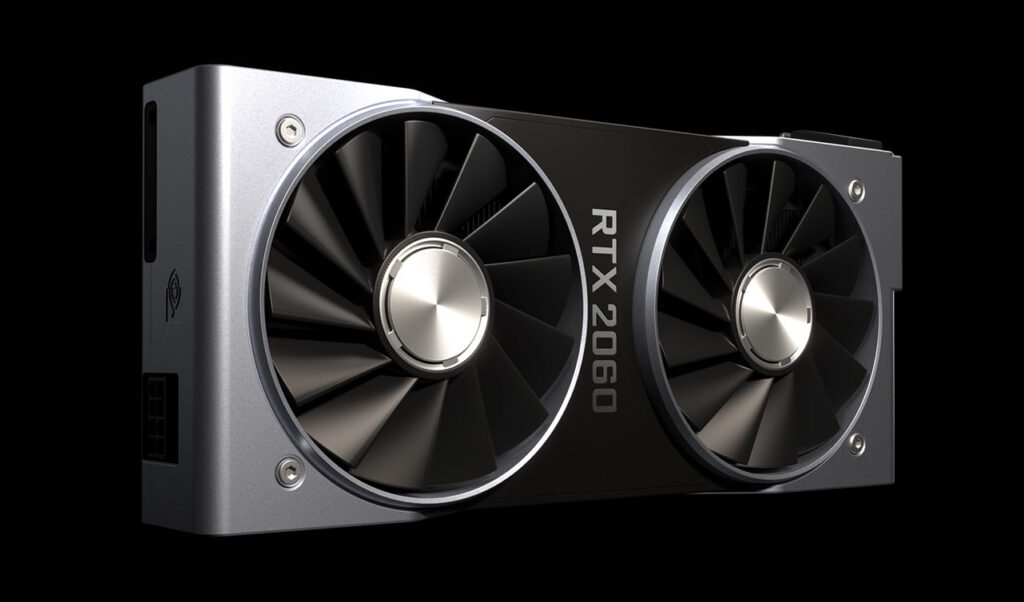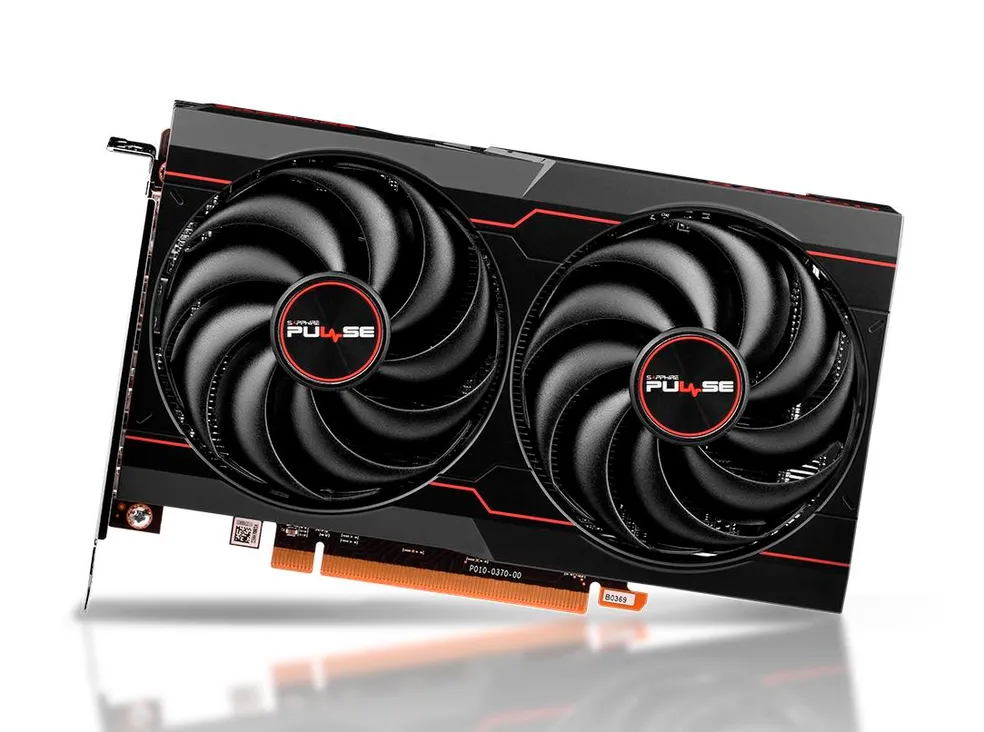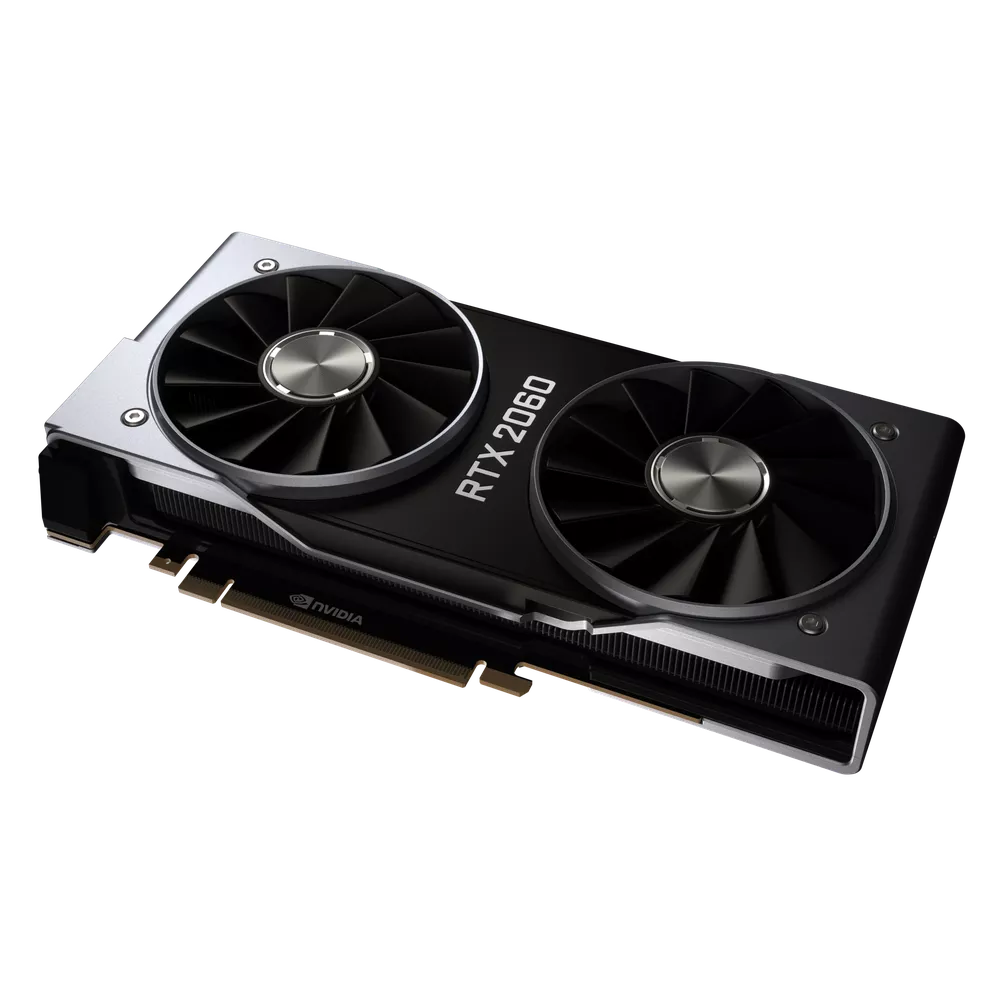RX 6600 and RTX 2060 are video cards from AMD and Nvidia, respectively. Available in the market for prices starting at $329, they can be good options for those looking for a GPU compatible with technologies such as Ray Tracing. With the promise of good performance for Full HD games, the cards can face both competitive titles at frame rates above 100 FPS and the latest releases with frame rates above 60 FPS.
Although they have similar proposals, the models have some differences between them. While Nvidia’s card comes in versions with 6 or 12 GB, AMD’s GPU has 8 GB of memory, for example. To help you decide which card to invest in, Techidence prepared a comparison between the RX 6600 and RTX 2060. Check it out below.
RX 6600 vs RTX 2060
| RX 6600 | RTX 2060 | |
|---|---|---|
| Launch | October 2021 | January 2019 |
| Price | from $329 | from $349 |
| Clock base/boost | 2,044 / 2,491 MHz | 1,470 / 1,650 MHz |
| Memory | 8 GB GDDR6 | 6 ou 12 GB GDDR6 |
| memory interface | 128 bits | 192 bits |
| Ray-Tracing | Yes | Yes |
| DLSS | No | Yes |
| Virtual reality support | Yes | Yes |
| Connectors | DisplayPort 1.4 / HDMI 2.1 | DisplayPort / HDMI / DVI-DL |
| Board power | 132 W | 160 / 185 W |
| recommended font | 450 W | 500 / 550 W |
| Complementary energy | an eight-pin connector | 1x 8-pin connector |
Specifications

Released longer ago, Nvidia’s card has versions with 6 or 12 GB of memory, always in GDDR6 standard and with a 192-bit bandwidth interface. These are common features for an intermediate GPU. The RX 6600, in turn, is a card with 8 GB of GDDR6 memory that brings a 128-bit interface, a value more common for entry-level models.
In the operating frequencies, AMD’s card promises to take advantage, since its clock boost is up to 2,491 MHz, against only 1,650 MHz for Nvidia’s model. This differential may be the result of a newer manufacturing process, which makes AMD’s card more efficient. Both models have support for Ray Tracing and virtual reality technology.
Performance
According to information from specialized benchmark data, there is a great balance in the performance of the cards. Tests indicate that when there is a performance difference in favor of the RX 6600, it is no more than 5%, which tends not to impact the gamers’ perception much.
As the resolution is raised, the tendency is for an even greater balance between the cards. In 4K, even though this is not a recommended resolution for the cards, there are some titles where the RTX 2060 does better by a very small advantage, around 2%.
Consumption

The RX 6600 tends to be a more efficient card, which is mainly due to the manufacturing process of AMD’s card, which uses more modern lithography. In addition, the RX 6600 has a lower TDP, which means that in moderate use it tends to offer more performance for less power.
The RX 6600 also requires a less powerful power supply that, according to AMD, can be as low as 450 W. The recommended power supplies for the RTX 2060 are at least 550W, which is another indication that for those looking for energy efficiency, you might want to consider the RX 6600.
Features
Both AMD and Nvidia cards have modern features. Nvidia’s card supports technologies such as Ray Tracing, which improves lighting in apps and games, and DLSS, which uses Deep Learning to improve the card’s performance, doing a kind of upscaling to increase the frame rate. The model also has support for Nvidia Broadcast features, which enables the card to offer several tools for game streamers.
The RX 6600 also supports Ray Tracing and is compatible with FidelityFX Super Resolution, which performs almost the same function as DLSS on Nvidia cards. The model, like Nvidia’s card, is also compatible with virtual reality features.
Price and Availability

Because it has been released long ago, the RTX 2060 appears on the market for a cheaper price. The card can be found for $349 for the 6 GB model. While the RX 6600 also has good availability in the market. AMD’s GPU appears for prices starting at $329.
Cost-benefit
Both cards are great options for Full HD gaming, being solutions that promise a very high visual quality and support for Ray Tracing. The performance difference between the GPUs is not that big so considering the option that appears with a better price should not bring very relevant differences.
If you prioritize efficiency, the AMD card, with its more modern architecture and lower TDP, may be a more suitable choice. The RTX 2060, in its 12 GB memory version, however, also seems to be a great option – after all, the price difference to the model with 6 GB is very small today.
This post may contain affiliate links, which means that I may receive a commission if you make a purchase using these links. As an Amazon Associate, I earn from qualifying purchases.

